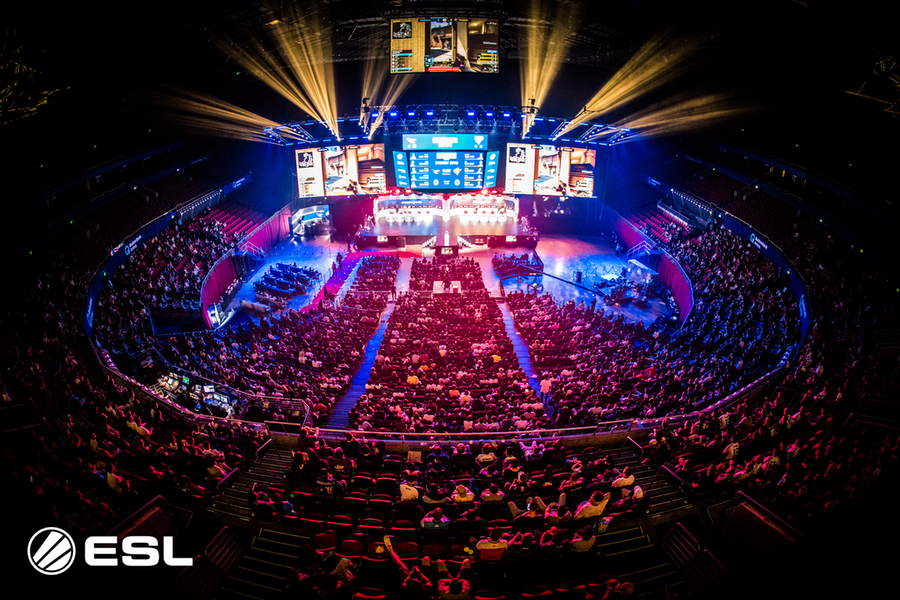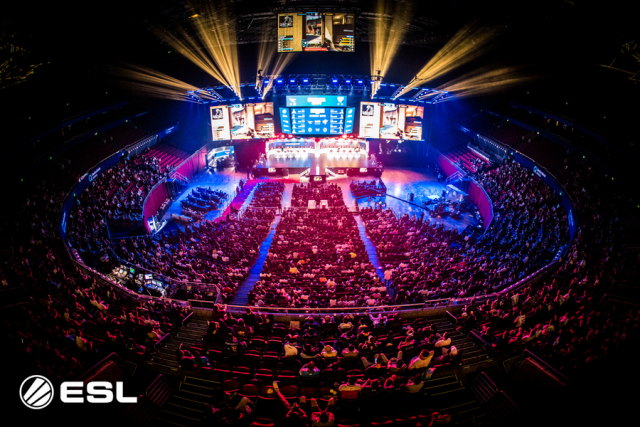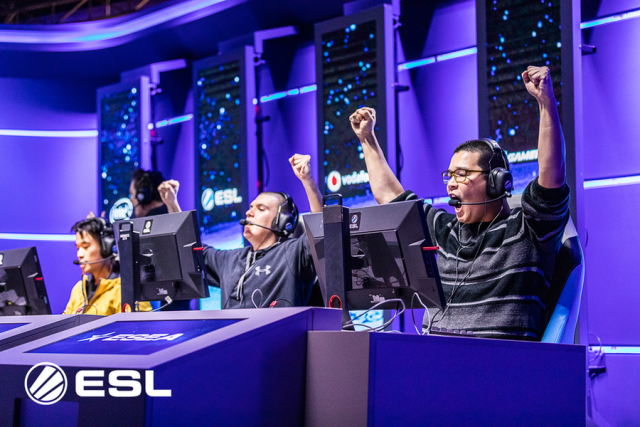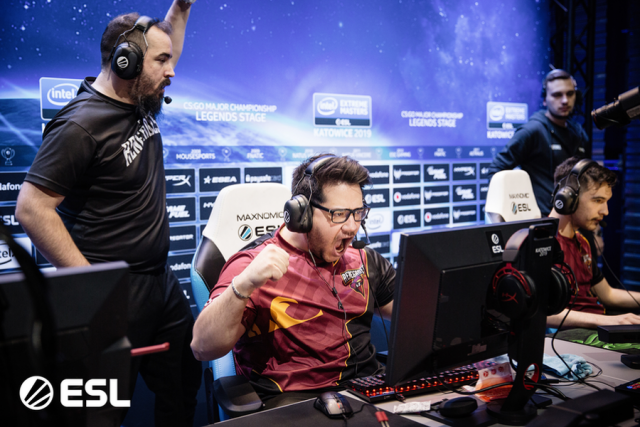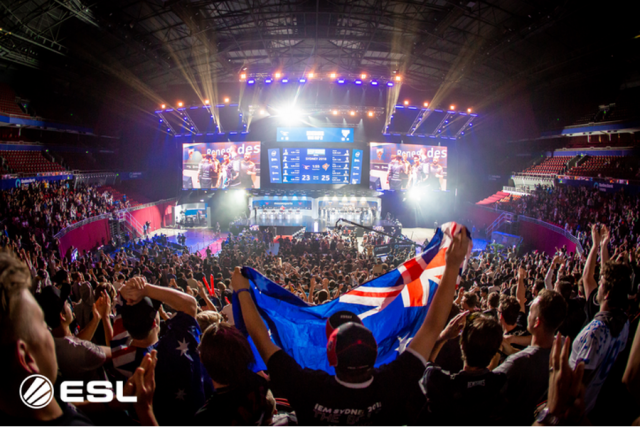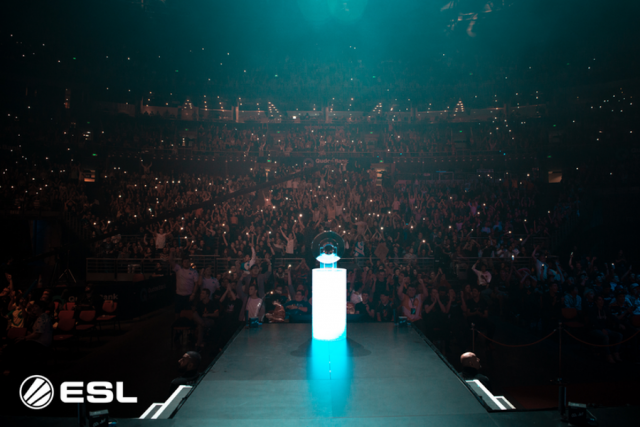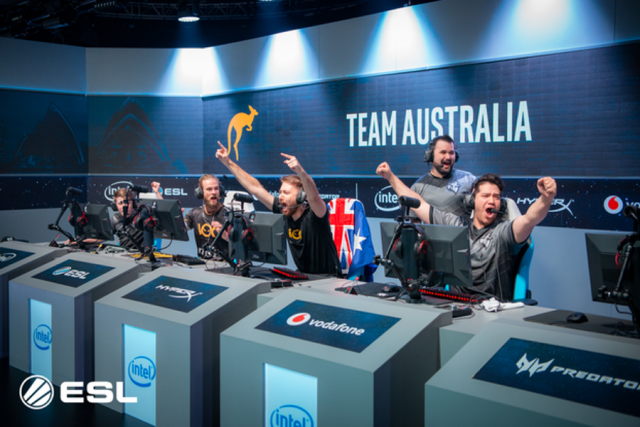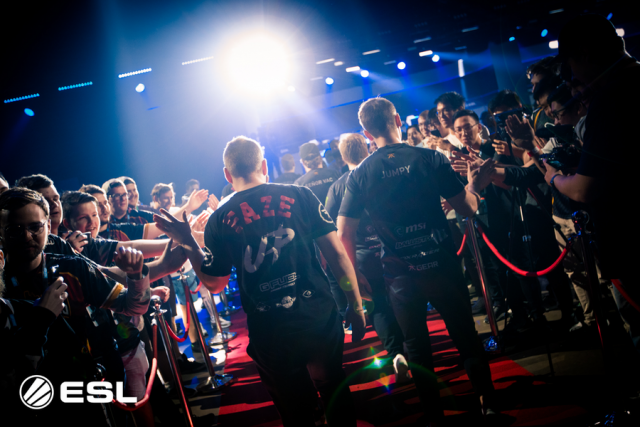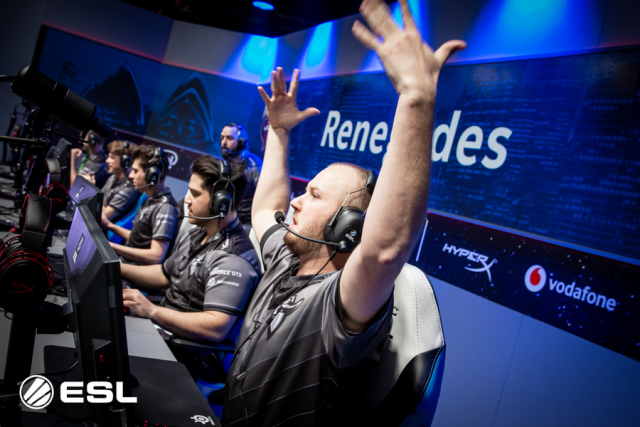ESL was founded in 2000 and now, 19 years later, is an industry leader across many online and offline competitions. With 242 million fans globally and 8.4 million playing members, ESL is evidence of the power and strength of esports. The Bugg Report recently had the chance to speak to Alex Blaikie from ESL in Sydney Australia. We asked Alex some questions about esports and ESL Gaming to learn more about what this industry is all about.
About ESL & The Esports Industry
Thank you for speaking to The Bugg Report Alex. For those who don’t know, can you provide us with an overview of ESL and what you do from an overall business perspective in the esports arena?
Thanks Matt. At ESL, we operate a number of video game leagues and competitions all over the world, such as the Intel® Extreme Masters, ESL One, ESL National Championships and Melbourne Esports Open, as well as grassroots amateur cups, leagues and matchmaking systems. As a business, we provide services to clients in the broader gaming, technology and event management space, as well as sell advertising & sponsorships on our ESL-owned products, in a model that follows traditional sports media quite closely. Essentially, if a client (often publisher) comes to us wanting to run a custom esports league or program – we can handle that end-to-end for them.
As a global leader in esports, where do you see the industry heading given its rapid growth in popularity?
The short answer is: up. We’ve seen reports from the likes of Newzoo predicting massive growth in the sector, and now that we’re seeing multinational brands like Pepsico, DHL and Mercedes-Benz getting involved in ESL-owned products, that’s starting to become a reality.
Esports as a Competition
Can you offer an insight into how ESL takes a game and turns it into a worldwide competition through your online and offline competitions?
Our ethos at ESL is to create a world where everyone can be someone – basically, the zero-to-hero mentality, where a player can start off competing in one of our Open competitions on our grassroots tournament platform, ESL Play, gain experience and eventually qualify into one of our Challenger competitions like the ESL AU & NZ National Championships, and finally move through the new pathways we’re creating into our global mega-events, like IEM Sydney. This year’s IEM Sydney is actually the first time we’ve had a qualification spot directly allocated to our national championships program – a big win for local teams who now get the chance to shine on a global stage.
The Esports Audience & Event Calendar
How many fans does esports currently have globally and what is the key demographic for esports in terms of age and location?
Speaking from an ESL perspective, our largest global event – IEM Katowice – this year saw 230,000,000 unique viewers across the world, predominantly in the late teen-early 20’s demographic. Location always varies per-game, we see South-East Asia as a bigger market for Mobile esports, vs. Australia where we have a large audience playing on PC.
I believe you have a number of events coming up including Mumbai, Sydney and Birmingham. Can you provide a snapshot of what your event calendar looks like for 2019?
Very busy! We recently had a number of our staff travel to ESL One Mumbai, now it’s full steam ahead for Intel Extreme Masters Sydney this year. Outside of that, we have multiple live broadcasts running each week locally – and definitely enough events to put our three studios to use. We’ve also just announced the Melbourne Esports Open for 2019, that’s coming back this August 31 – September 1, and expanding to Melbourne Park.
ESL Content & Highlights
You have many content types in your line-up, can you elaborate on what types of content ESL offers?
Our biggest content offering to our fans is via online broadcast. Recently, IEM Katowice viewers consumed 157 million hours of content that we broadcast, comprising of more than 500 live hours of content in 21 different languages. One of the great things about being in the gaming space is that it really is global – whether you’re playing a game like Counter-Strike in Australia or Norway, you can still tune into one of our broadcasts and appreciate that you’re watching the best players in the world, playing your favourite game.
Although it is still early in 2019, what are some highlights from late 2018 all the way up until now (April, 2019)?
Where to start! Late last year we launched the Melbourne Esports Open, which took place at Melbourne & Olympic Parks, and featured over 20 AAA titles across multiple tournaments. MEO was a fantastic first event and proved that local content can have a massive audience, with over 12,000 fans attending and content generating 12 million impressions on social media. So far this year, the highlight has probably been the Pokémon Oceania International Championships – the region’s biggest Pokémon event that we ran at MCEC this February, where almost 1,000 players competed over 3 days on a massive stage, with 3 concurrent broadcasts going out online.
ESL Merchandise & Licensing
I notice you have a style guide on your website which is very nice, do you get involved in ESL branded merchandise?
Absolutely! We have the ESL Shop at shop.eslgaming.com – which features a number of ESL products that we develop in-house. Locally, we operate pop-up stores at our events like IEM or Melbourne Esports Open to sell our merchandise, as well as official merchandise from the professional teams competing in our tournaments.
From a Licensing point-of-view, do you offer the ability for companies to use the ESL branding and style guide to develop specific products which are appropriate for the esports arena?
Last year we announced the first ever ESL co-branded clothing collection with SNIPES, a German streetwear and sneaker chain, which really hit home with our audience. Plantronics is another partner that comes to mind with their ESL-branded line of RIG headphones, amongst others. When companies want to associate themselves with esports – our brand is synonymous with the term, and we’re always exploring new partnership opportunities that make sense in the space.
ESL Social Media
Your social media presence is very strong, do you use social media as a driver for your business or is it more of a value-add which you use to supplement your core media and entertainment ventures?
Social media is at the core of a lot of what we do at ESL. While there’s still some areas we’re learning from traditional sports, our social content & presence is second-to-none in the space, with many of our ESL game accounts having an incredible engagement and following, even when compared to first-party channels. With a young, tech-savvy audience, we find that social is also the primary driver of attendees to our mega-events globally, taking the place of more traditional marketing channels.



